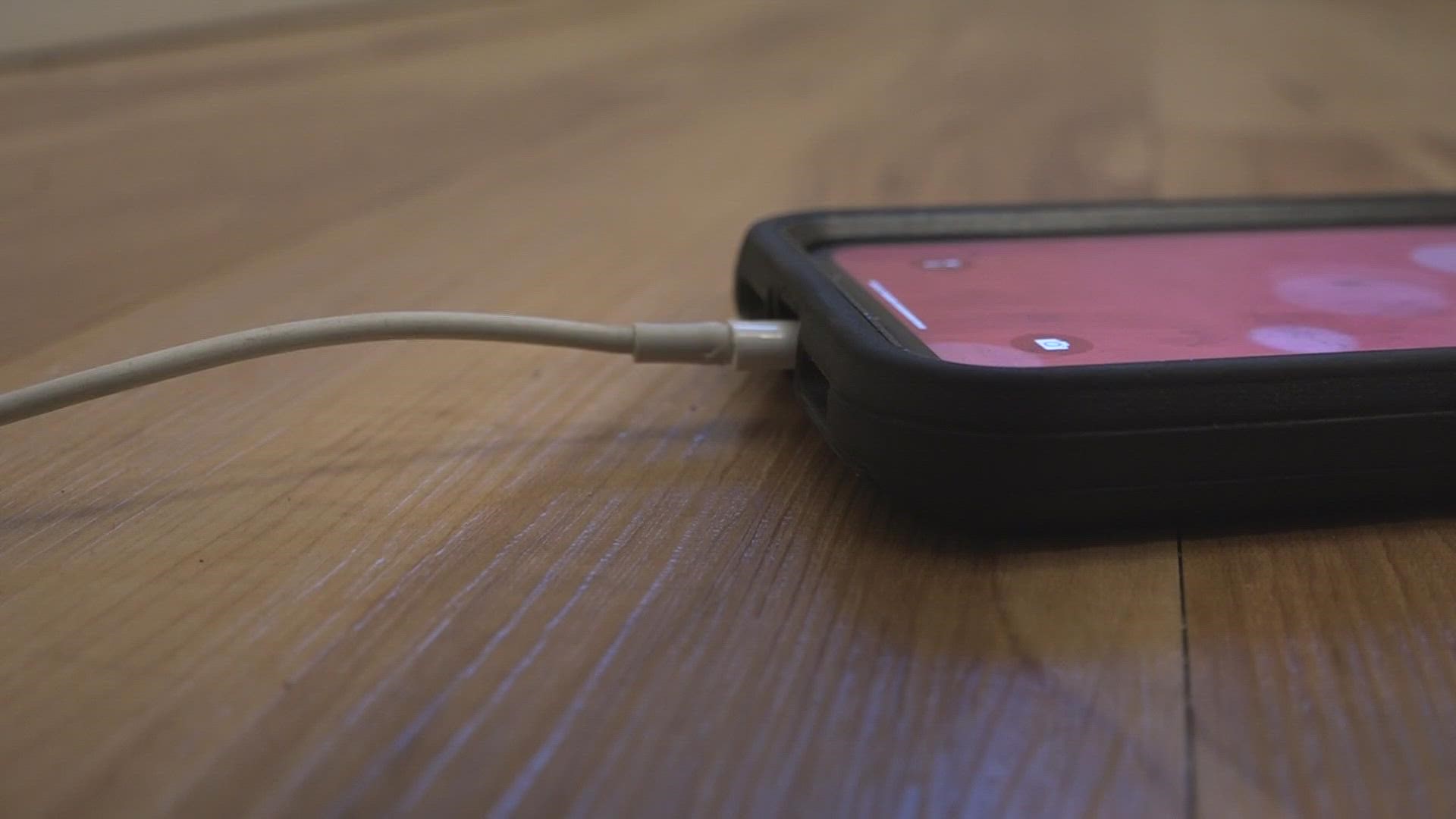MAINE, Maine — Cold or freezing temperatures are pretty typical in Maine this time of year.
As we bundle up and adapt to the changes, experts say our smartphones should too. Extreme cold temperatures can affect how phones work.
Many smartphones rely on Lithium-ion batteries which are easily affected by the cold. This means your phone's battery has to work a lot harder to stay on.
"Lithium-ion batteries contain liquid. When extreme cold temperatures are introduced, the molecules shrink, which causes potential issues for displays, buttons, and battery life," said a representative from USCellular.
Here are some tips to keep your device safe, according to USCellular:
- Charge your device before leaving your home. Your phone's battery can be reduced in cold temperatures, so it's best to keep your device fully charged to avoid the battery being completely drained in outdoor temperatures.
- Keep your phone in a case. When it comes to protecting your phone, a case, such as the OtterBox is helpful. It can create a barrier between your device and the cold outside.
- Keep your phone in a pocket when outside. When you are out in the cold, try to keep your device in a coat pocket rather than in a purse or bag. This will help protect the device from the shock of freezing conditions.
- Let your device warm-up before you try to use it. If a phone powers off due to the cold, give it time to warm up to room temperature before you hit the power button. Never use heating sources, such as a blow dryer.
Dan Godwin from USCellular in Brewer says frigid temperatures can cause degradation to smartphones.

